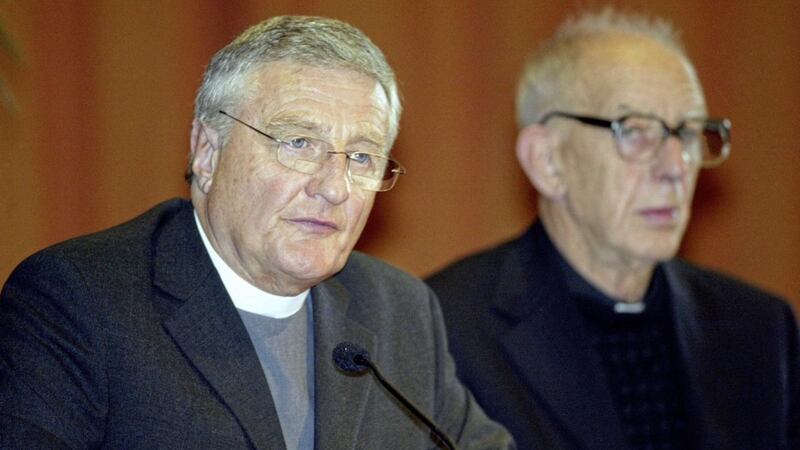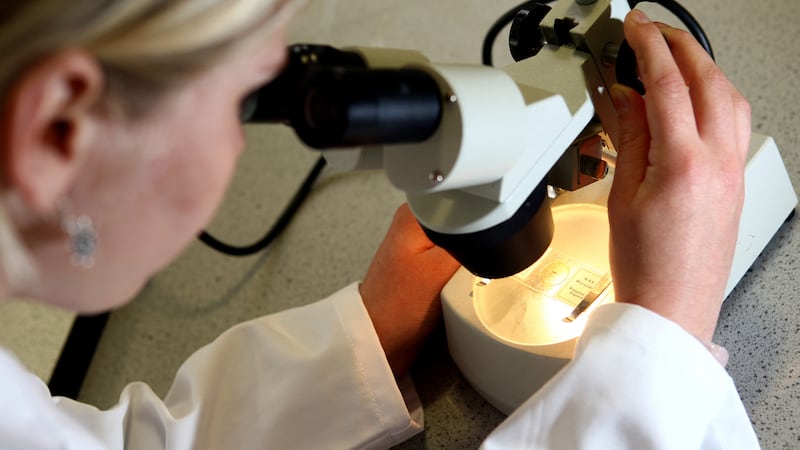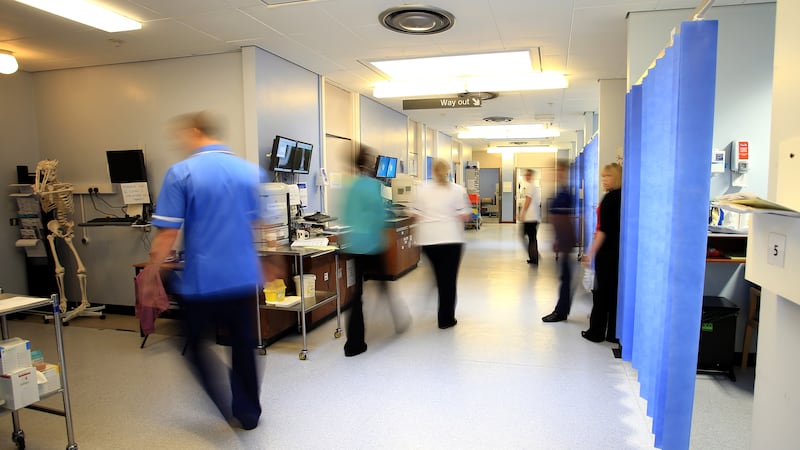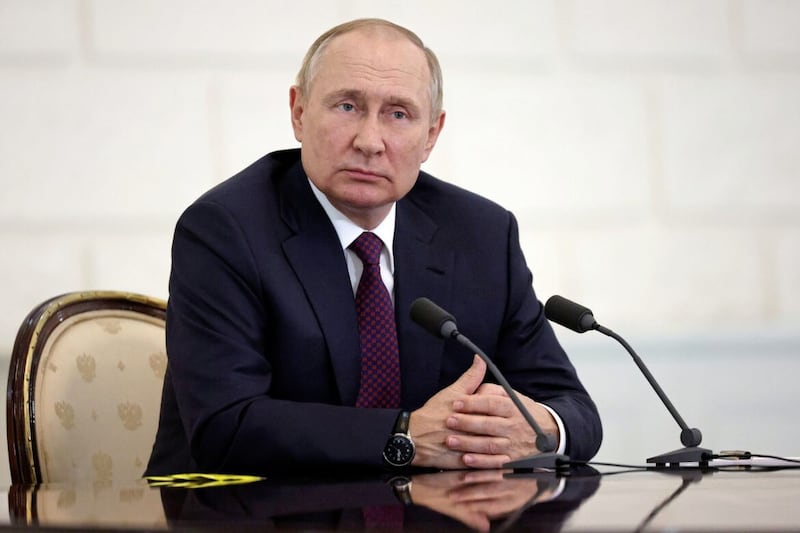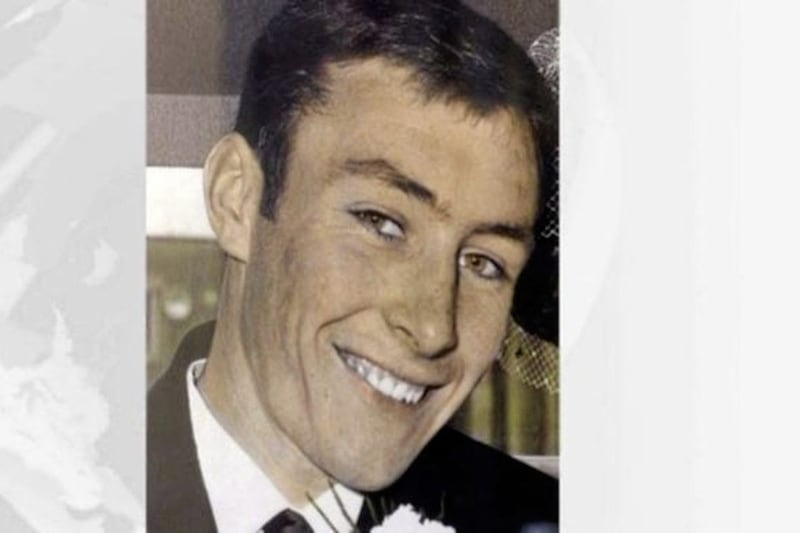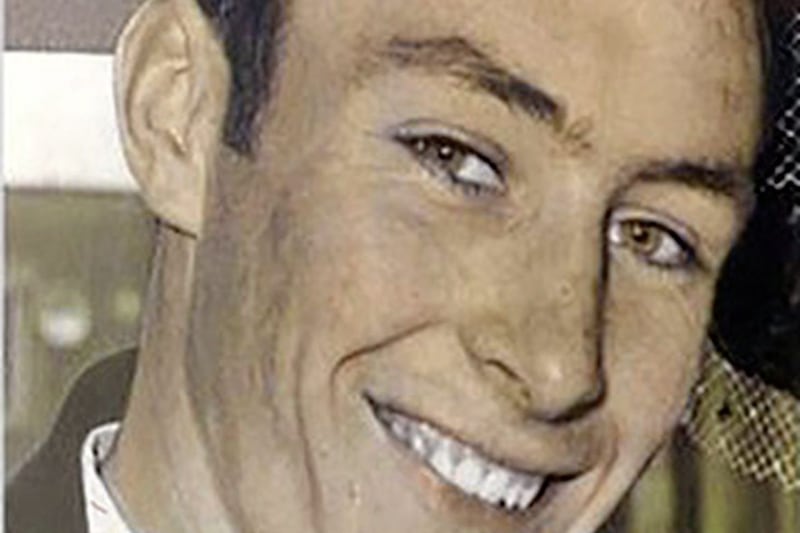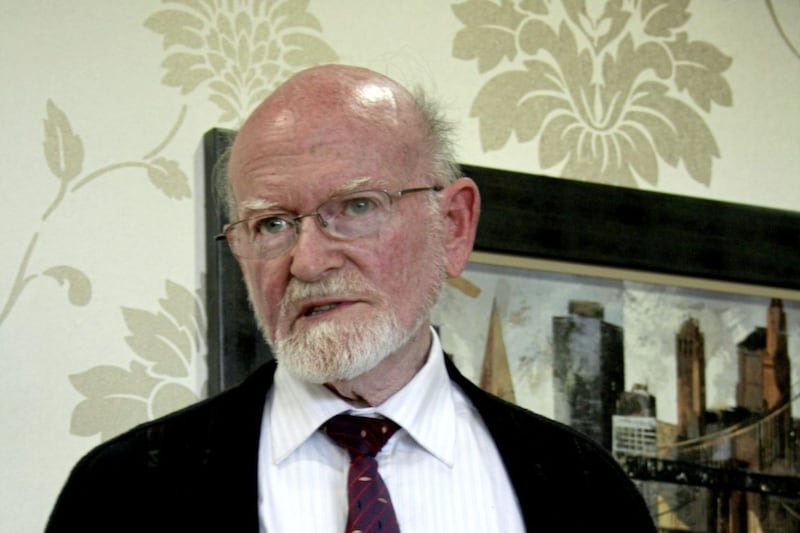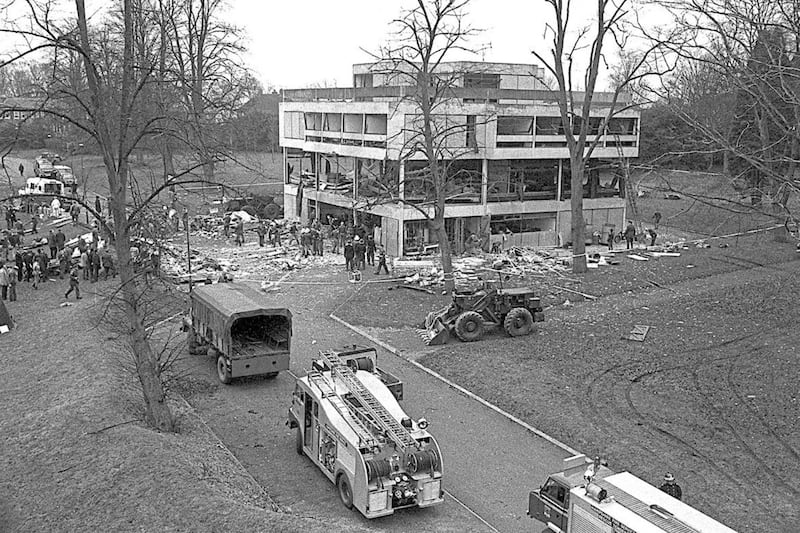DAVID Trimble argued that it was essential to advance the peace process.
The late Ian Paisley questioned whether it ever happened at all, demanding photographic evidence and a 'sackcloth and ashes' from a repentant IRA.
When the republican organisation eventually did put weapons 'beyond use', the DUP leader protested: "There were no photographs, no detailed inventory."
Legislation making the destruction of the arms legally possible was introduced in the form of an agreement between the British and Irish governments in August 1997.
The Independent International Commission on Decommissioning was composed of Canadian General John de Chastelain, Brigadier Tauno Nieminen from Finland, and Ambassador Donald C Johnson, and later Andrew Sans from the US, who were helped by independent witnesses Fr Alec Reid and Rev Harold Good.
Paisley eventually accepted that the IRA had handed over its full arsenal after assurances from the two clerics.
The IRA's reason for secrecy around the process was mainly at the behest of its base, not all of whom supported decommissioning and who felt images of weapons being destroyed would amount to a surrender.
Paisley's paranoia was not unfounded.
Discontent among hardline republicans about the direction of the peace process meant many arms were syphoned off, went missing or in the case of the South Armagh IRA were simply retained in bunkers.
Many of the weapons kept by Michael McKevitt's faction of the IRA, which would later morph into the Real IRA, remain in circulation to this day.
We know that while the INLA also decommissioned in 2009, members of that organisation are still involved in violent criminality using guns either held back or acquired after the process.
Weapons decommissioned by the Official IRA are of particular interest because that organisation has been on ceasefire for more than 40 years.
Why would the 'stickies' be stockpiling weapons in the 1980s and '90s if they weren't at war?
Sources have told this paper that memories of a bloody feud between the OIRA and the younger and more militant PIRA stayed with it.
Fears that old rivalries could descend again into violence resulted in members insisting that they had access to guns right up until an advanced stage of the peace process.
The organisation, which over the years evolved into a 'veterans' association', finally handed over its guns in 2010 and a member of that group has today revealed details of that secretive process.
While the decommissioning process was not perfect and some weapons did evade destruction, thousands of guns were removed from circulation during that remarkable time, undoubtedly saving lives.
The Irish model has been since used as a template in other conflict situations around the world - most notably in the Basque country, where Eta last year decommissioned weapons, and currently in Colombia where the rebel group Farc has handed over half its arsenal.
As we approach the 20th anniversary of the Good Friday Agreement, the legacy of those who helped take the 'gun out of Irish politics' should not be underestimated.
